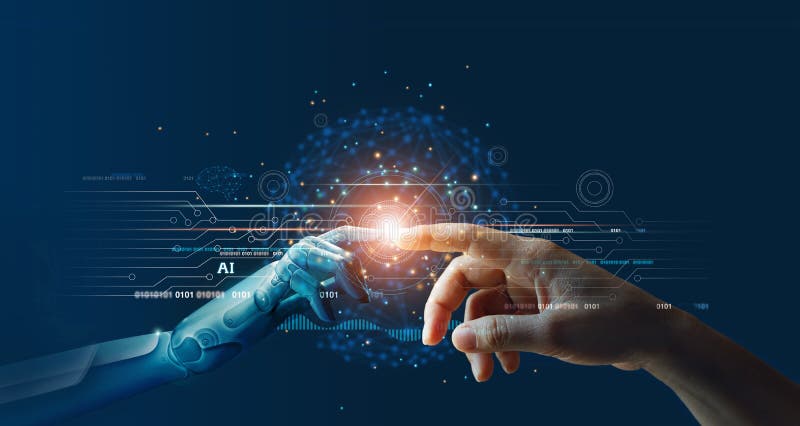Understanding Learning Curves in Machine Learning: A Guide to Model Evaluation and Improvement
In machine learning, a learning curve is a graphical representation that illustrates the relationship between a model's performance and the amount of training data or the number of training iterations. It serves as a diagnostic tool to evaluate how well a machine learning algorithm learns from data and whether it suffers from issues such as high bias (underfitting) or high variance (overfitting). By analyzing learning curves, data scientists can make informed decisions about model selection, hyperparameter tuning, and whether additional training data would improve performance.

Understanding the Components of a Learning Curve
A typical learning curve plots the model's performance metric (such as accuracy, precision, recall, or error rate) on the y-axis against either the size of the training dataset or the number of training iterations (epochs) on the x-axis. Two key performance metrics are usually plotted simultaneously:
Training Score (Learning Progress on Training Data): This curve shows how well the model performs on the data it was trained on. As more data is introduced or more iterations are completed, the training score typically improves. However, if the model is too complex, it may achieve near-perfect training accuracy while failing to generalize to unseen data (overfitting).
Validation Score (Generalization Performance): This curve represents the model's performance on a separate validation dataset, which the model has not seen during training. The validation score helps assess how well the model generalizes to new data. Ideally, this score should improve with more training data or iterations, but if the model is underfitting or overfitting, the validation score may plateau or even degrade.
Types of Learning Curves
Learning curves can be generated in two primary ways:
Varying Training Data Size: Here, the model is trained on progressively larger subsets of the training data while evaluating performance on both the training and validation sets. This helps determine whether collecting more data would improve model performance.
Varying Training Iterations (Epochs): In iterative algorithms like neural networks or gradient boosting, the learning curve tracks performance over each training epoch. This helps identify whether the model is converging properly or if early stopping is needed to prevent overfitting.
Interpreting Learning Curves
The shape of the learning curve provides critical insights into the model's behavior:
Underfitting (High Bias): If both the training and validation scores are low and converge to a similar value, the model is likely too simple to capture the underlying patterns in the data. This suggests that increasing model complexity (e.g., adding more layers in a neural network or using a more sophisticated algorithm) may help.
Overfitting (High Variance): If the training score is much higher than the validation score, the model is memorizing the training data instead of generalizing. This indicates that regularization techniques (e.g., dropout, L1/L2 penalties) or collecting more training data may be necessary.
Ideal Learning Curve: A well-performing model shows a training score that gradually decreases (if plotting error) or increases (if plotting accuracy) and a validation score that follows closely, with both curves stabilizing at a desirable performance level. A small gap between the two curves suggests good generalization.
Practical Applications of Learning Curves
Model Selection: By comparing learning curves of different algorithms, one can determine which model generalizes best. For instance, a support vector machine (SVM) might show better generalization with limited data compared to a deep neural network.
Hyperparameter Tuning: Learning curves help in tuning parameters like learning rate, batch size, and regularization strength. For example, if a model's validation score fluctuates wildly, reducing the learning rate may stabilize training.
Data Collection Strategy: If the validation score continues to improve with more data, investing in additional labeled samples is worthwhile. Conversely, if the curve plateaus early, more data may not help, and feature engineering or model adjustments are needed.
Early Stopping in Deep Learning: By monitoring validation loss over epochs, learning curves help implement early stopping to prevent overfitting, saving computational resources.
Limitations and Considerations
While learning curves are powerful, they require careful interpretation:
Noisy Data: Real-world datasets may produce erratic curves due to outliers or imbalanced classes. Smoothing techniques or repeated cross-validation can mitigate this.
Computational Cost: Generating learning curves, especially for large datasets, can be expensive. Incremental training or subsampling can help.
Dynamic Model Behavior: Some models (e.g., ensembles) may exhibit non-monotonic learning curves, requiring deeper analysis.
Conclusion
Learning curves are indispensable in machine learning for diagnosing model performance, guiding improvements, and optimizing resource allocation. By systematically analyzing how a model learns from data, practitioners can enhance generalization, avoid common pitfalls like overfitting, and make data-driven decisions to refine their algorithms. Whether applied in academic research or industry applications, mastering learning curves is a fundamental skill for building robust and efficient machine learning systems.
Photo From: Dreamstime.com
0 Comment to "Learning Curves in Machine Learning: Definition, Interpretation, and Practical Applications"
Post a Comment